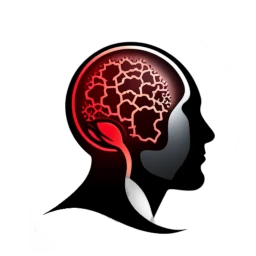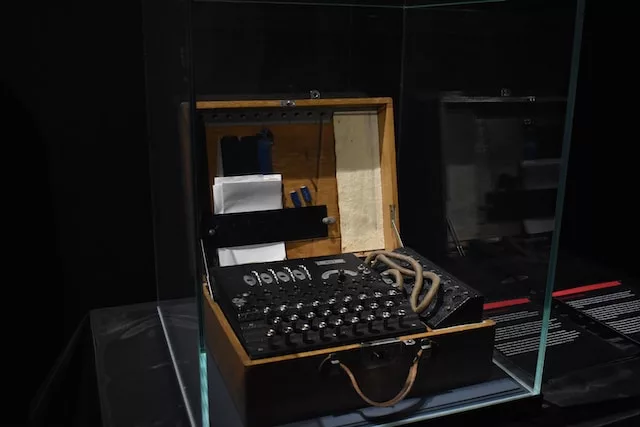The Turing Test, created by the British mathematician and computer scientist Alan Turing in 1950, is a key benchmark in the field of artificial intelligence. Its purpose was to determine whether a machine could exhibit intelligence advanced enough to convince a human that they are conversing with another human. What progress have we made in the field of the Turing Test in the 21st century?
The first significant issue concerns the Turing Test itself. Is it still an appropriate measure of machine intelligence? Currently, there is a debate about whether the test should be made more stringent to account for more advanced aspects of thinking, such as understanding context, or more relaxed to accommodate differences in intelligence between humans and machines.
In the 21st century, there have been significant advancements in human-machine interactions. Voice assistants, chatbots, and AI interfaces have become common elements of our daily lives. They can answer questions, perform simple tasks, and even generate text and graphics.
However, achieving full machine intelligence that can think like a human and understand context in complex situations remains a challenge. Current AI systems are more limited and lack a complete understanding of the world in which they operate.
There are also ethical and societal issues associated with the development of artificial intelligence. What will be the consequences if machines achieve full intelligence? What challenges do autonomous AI systems pose to us? These are important questions for which we must find answers.
The Turing Test remains a significant benchmark in the field of artificial intelligence, but current progress is more focused on practical applications of AI than achieving full machine intelligence. As technology continues to evolve, we will continue to monitor how far we have come in our pursuit of understanding and simulating human intelligence.

